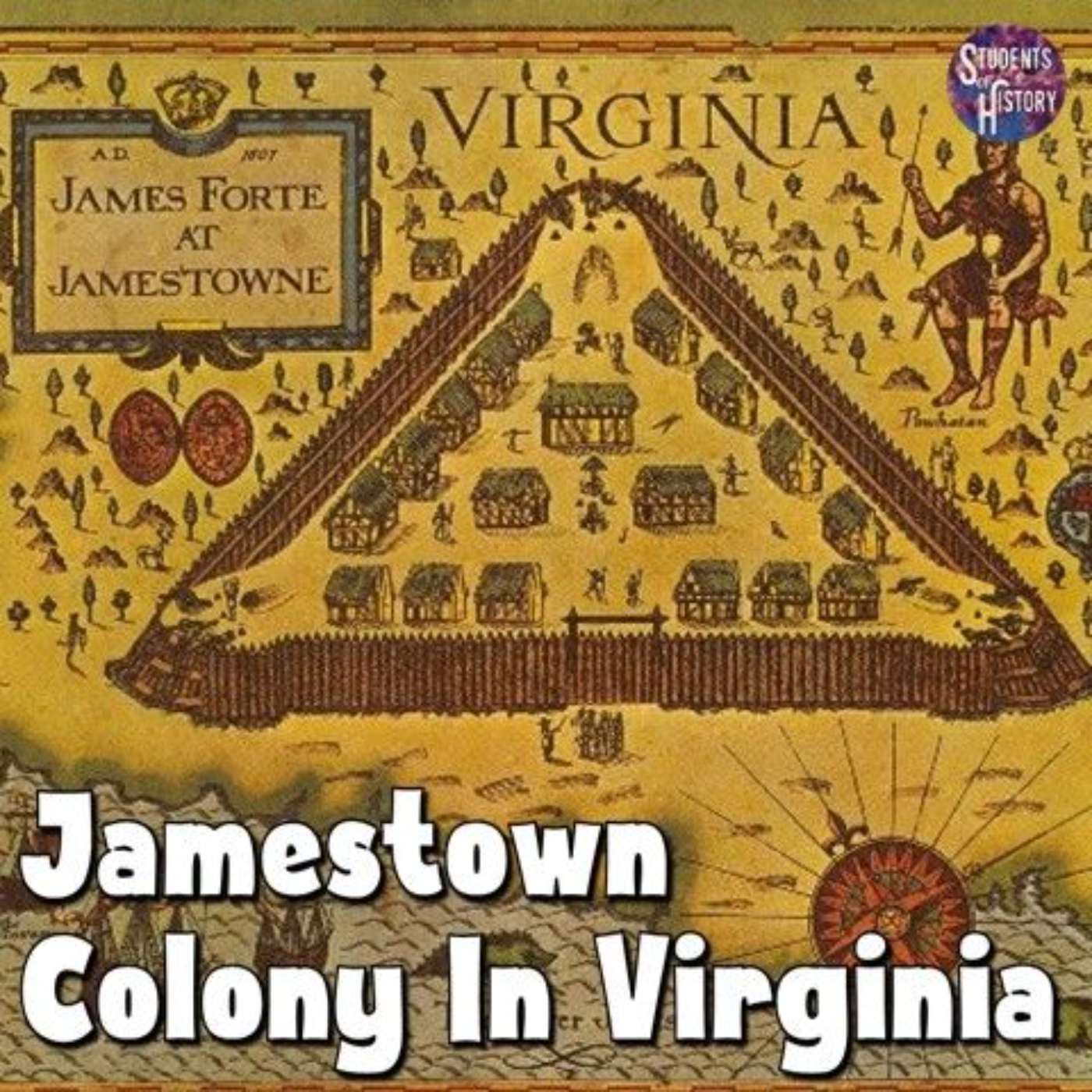Early Jamestown Colony

England’s King James I granted a charter to the Virginia Company of London to form a settlement in North America in 1606. At the time, Virginia was the English name for the entire eastern coast of North America, from Florida north to Canada. It was named for Queen Elizabeth I, the “Virgin Queen.”
The Virginia Company planned to search for gold and a sea route to the Pacific Ocean that would give them a faster trade route to Asia.
In December 1606, about 100 colonists (nicknamed Cavaliers) left England on three ships. They arrived in the New World the following May. They began searching for a place to build their colony.
Eventually, they happened upon a small island-like peninsula in the James River, about 60 miles from the mouth of the Chesapeake Bay.

The location was chosen because it was far enough inland to hide them from Spanish ships that went up and down the coast. It also provided a deep water anchor for their ships. Lastly, while technically it was a peninsula, there was just a narrow link to the mainland that made it almost an island. This provided extra protection from any Native American groups in the area.
The settlement consisted of a triangular wooden fort built around a storehouse for weapons and supplies, as well as a church and a few houses. They called it Jamestown after King James. Almost immediately, the settlers suffered from hunger and illness, as well as a constant threat of attack by local Algonquian tribes, most of which were organized into a confederacy led by Chief Powhatan. This period became known as the "Starving Time".
Chief Powhatan and John Smith – one of the leaders of the colony – would reach an understanding and create a much-needed trading partnership by early 1608.
Though skirmishes still broke out between the two groups, the Powhatan traded corn for beads, tools and other objects from the English, who depended on this trade for their survival.
When Smith returned to England in late 1609, the colonists suffered through a long, harsh winter, during which more than 100 people died. Many were forced to eat rats, leather, or any food they could find. The remaining colonists were set to abandon Jamestown the following spring. However, two ships arrived with 150 new settlers as well as food and other supplies just as the remaining colonists were preparing to leave.
These new colonists built forts and settlements up and down the James River, and by the fall of 1611 managed to harvest a good crop of corn. They also learned valuable lessons from the Powhatan about how to survive in the winter.
After the colonist and tobacco planter John Rolfe married Chief Powhatan's daughter Pocahontas in 1614, a period of relative peace began. Rolfe also began to grow a new, smoother type of tobacco that caught on in England and brought some prosperity to the colony.
In 1619, the colony established an elected assembly known as the House of Burgesses that would become a model for representative governments in later colonies.
That same year, the first enslaved Africans were brought to the colony. A group of about 19 captured Angolans were sold to the colonists and forced to work the colonists' expanding tobacco and cotton plantations. This began a period of almost 250 years of slave labor in America.
While the the Powhatan felt threatened by the growth of Jamestown, they were hit hard by diseases brought by the English that they had no immunity for. That, combined with the constant arrival of new colonists from England, forced the Powhatan to sign a treaty ceding most of their land to Jamestown in 1646.